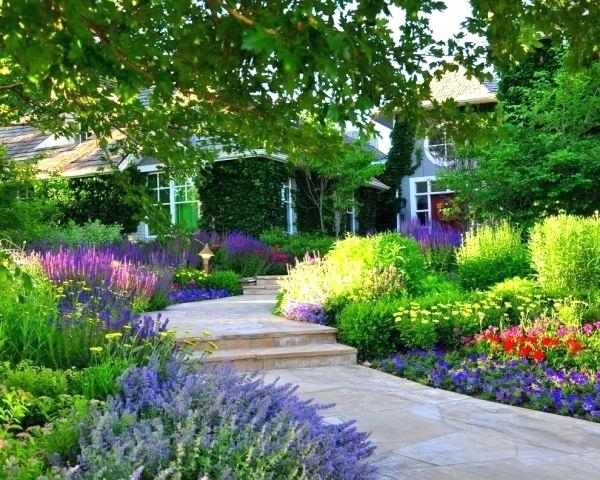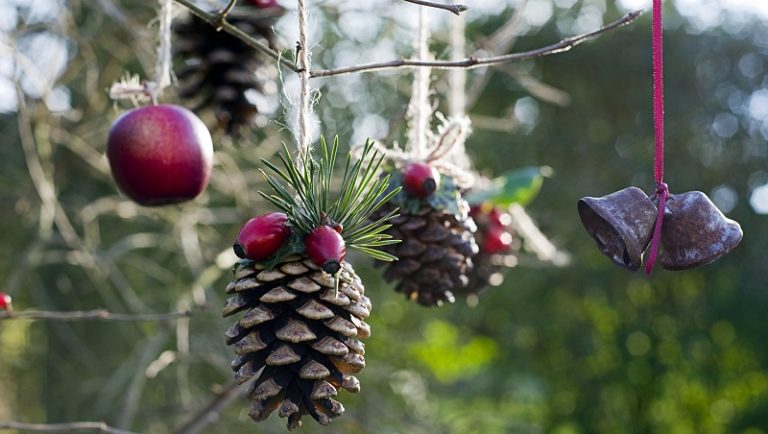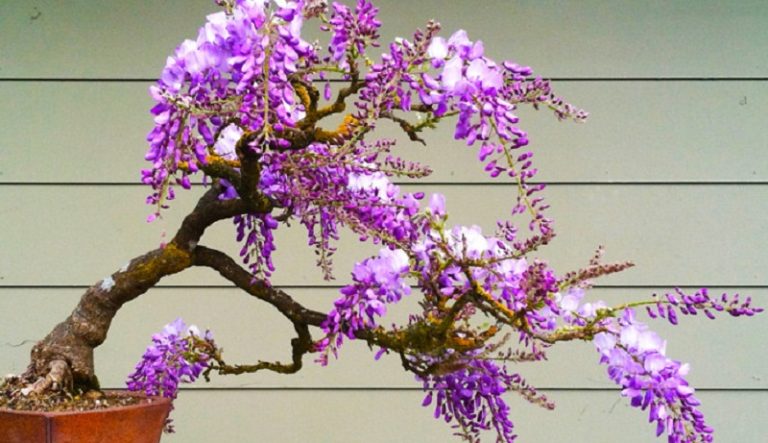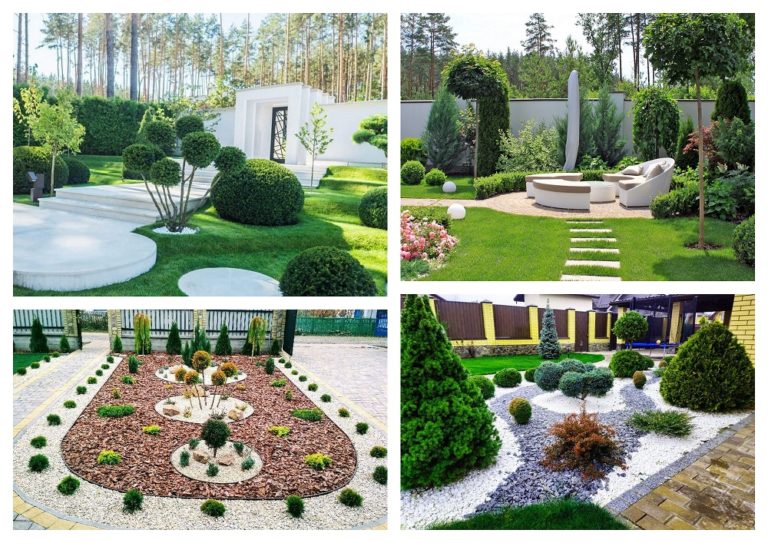Hedge: Tips, Rules & Care
How to plant and care for a hedge
Recommendations
- When creating a green wall, they start by preparing the soil. In the area of future plantings, all weeds should be removed, the soil should be dug up and loosened. Sand should be added to clay soil, swamp soil should be added to alkaline soil, and lime should be added to reduce acidity.
- At the next stage, plant planting sites are marked. Pull the rope, dig a trench or separate holes for each seedling. For a single-rowfence, a trench half a meter wide is enough, and for a two-row fence – ninety centimeters. The depth of the trench should be at least half a meter. So that the efforts are not in vain, the planting material must be of high quality, and such plants can be purchased in nurseries, specialized garden centers and shops.
- A hedge should be planted taking into account possible frosts and precipitation. In the southern regions, it is better in autumn, and in the northern regions in early spring, until the leaves have blossomed. A plant purchased in a container can be planted at any time during the growing season, and with an open root system – as soon as possible. To prevent the roots from drying out, they can be briefly placed in a plastic bag with wet sawdust.
- Those types ofplants that hold shade well and grow slowly, and also have a narrow crown, are planted more densely than those that grow quickly, love light and have a spreading crown. For a free-growing hedge with an average height, the distance between plants when planting should be 0.8-1.0 m, and for a trimmed hedge – 0.4-0.6 m.Row distances should be 1.0-1.5 meters and 0.6-0.8 meters. For livingwalls, this distance should be twice as long, and for curbs, half as much.
- After planting, the soil is compacted, watered, mulched with peat (swamp), crushed bark or sawdust. A fence designed to protect against the wind should be planted perpendicular to its direction, which prevails in this area.
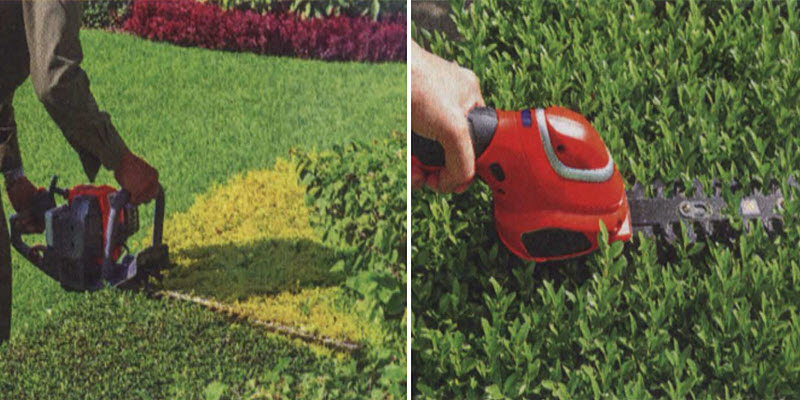
Lavender comes in pink, purple, white, and even yellow.
Keeping fit
After planting a living wall on the estate, you will have to take care of its shape. The best option for a fence that is trimmed is a trapezoid with a slope of at least ten degrees and a triangle with a slope of the sides of 70-80 degrees. A good option is with a rounded shape, which is natural for many types of plants, but it is difficult to cut.
Electric and gasoline brush cutters are used to process the fence . There are sets of nozzles for rough cutting and fine processing that make it possible to give the fence the desired shape
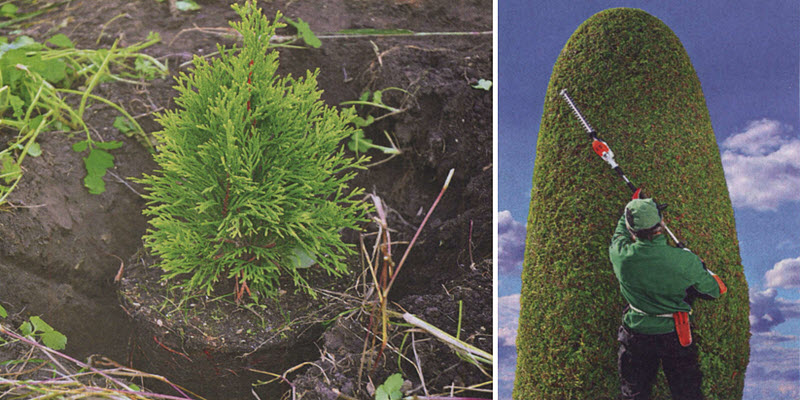
After deciding to equip a hedge, it is time for imagination and diligence. There is no need to spare time to care for the hedge, but it can delight you with its perfection more than once.


